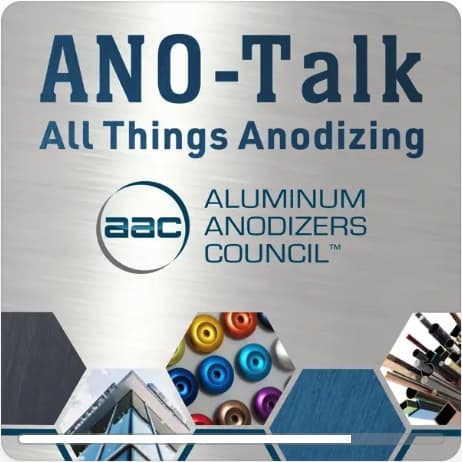
Curated with aloha by
Ted Mooney, P.E. RET

The authoritative public forum
for Metal Finishing 1989-2025

-----
Bus Bar vs. Cable Connection 2-Step Electrolytic
Q. We are working to improve our Consistency and Weld Color in our 2-Step Tin Electrolytic tank. We use an American Power AC/DC system that was installed with Bus Bar connections to the tank. After listening to one of the AAC Podcasts with Pinakin Patel he mentioned that Cables should be used instead of Bus to eliminate the Magnetic Field the Bus creates.
Just wanted everyones opinion, thank you very much!
- Goshen, Indiana
February 12, 2025
A. Hi Bob,
Although I've been involved with bussing and cabling of plating and anodizing tanks for my whole career, it has always been for DC applications. Having no real experience in electrolytic coloring myself, nor any experience in its required AC power, I am certainly not going to challenge Pinakin Patel who has spent his life in coloring of anodizing. I'm pretty confident that if he says cable is better, it is.
What I might challenge though is the actual reason why cable is better -- because it's universally known that bus bar is superior to cable in lowering AC impedance 🙂
That was an interesting portion of the podcast! ⇨
Luck & Regards,

Ted Mooney, P.E. RET
Striving to live Aloha
finishing.com - Pine Beach, New Jersey
Q, A, or Comment on THIS thread -or- Start a NEW Thread
